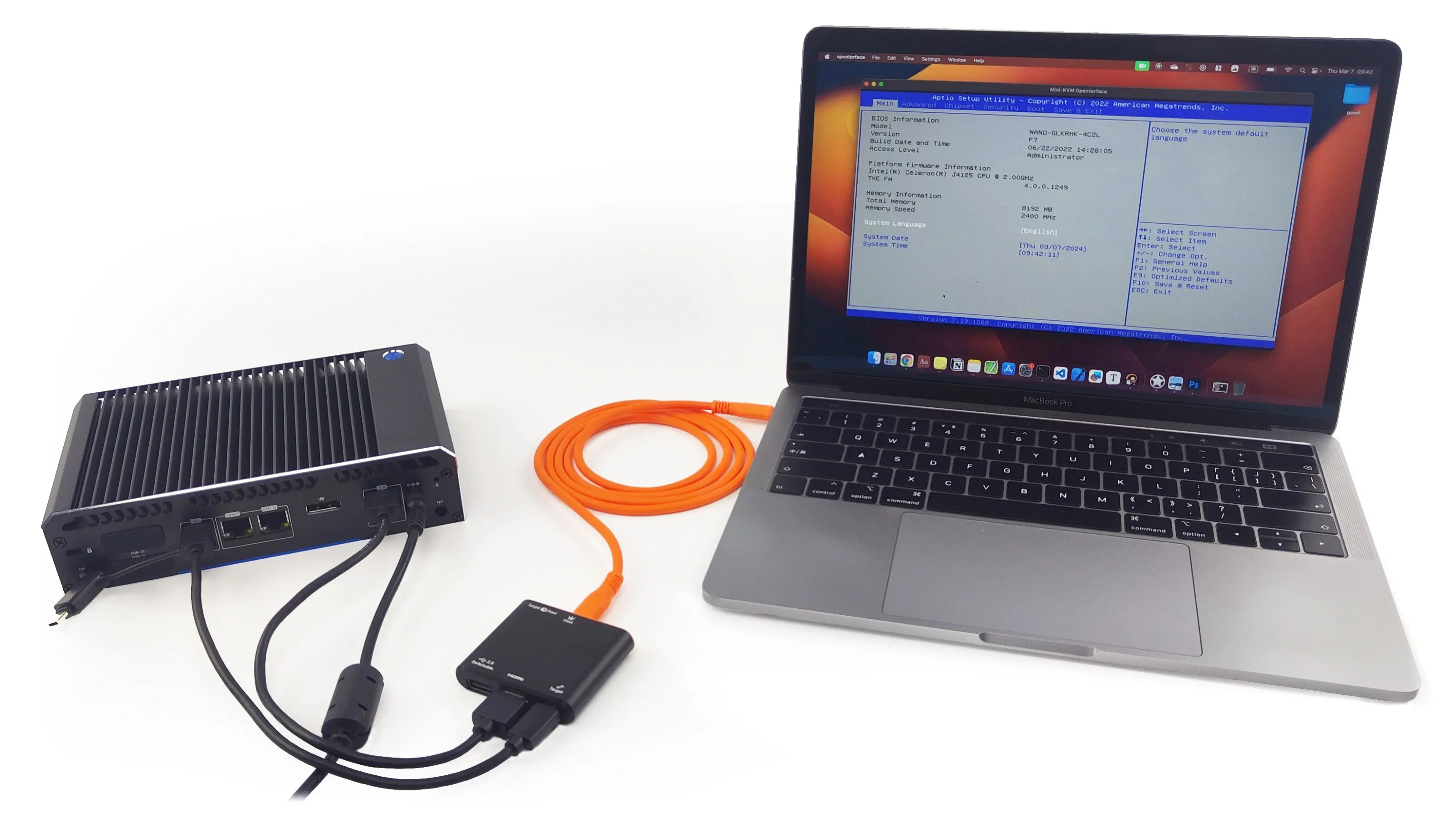FAQ for USB KVM & Openterface
-
KVM-over-USB Basics
Learn the fundamentals of KVM-over-USB technology
What is KVM-over-USB?
How does USB KVM work?
Benefits of USB KVM
USB KVM vs IP KVM
KVM Solutions Comparison -
Why Openterface?
Explore our product offerings and their advantages
Which Openterface product is right for me?
Openterface Mini-KVM vs Other Solutions
Why choose Openterface?
Technical Support -
Mini-KVM Series
Discover the features and benefits of our Mini-KVM series
What makes the Mini-KVM our flagship product?
Which host computers are compatible?
How is this different from other KVM solutions? -
Enterprise Solutions & Media
Learn about bulk orders, reseller opportunities, and custom enterprise KVM solutions
Bulk Orders & Reseller Program
Media & Influencer Collaborations
Custom KVM Solutions for Enterprise
This section provides answers to questions about KVM-over-USB technology, our Openterface brand, and how our products fit into various scenarios. Whether you're a newcomer or a seasoned professional, these FAQs are designed to guide you.
USB KVM: Portable, Plug-and-Play, Network-Free KVM Control for Headless Devices
